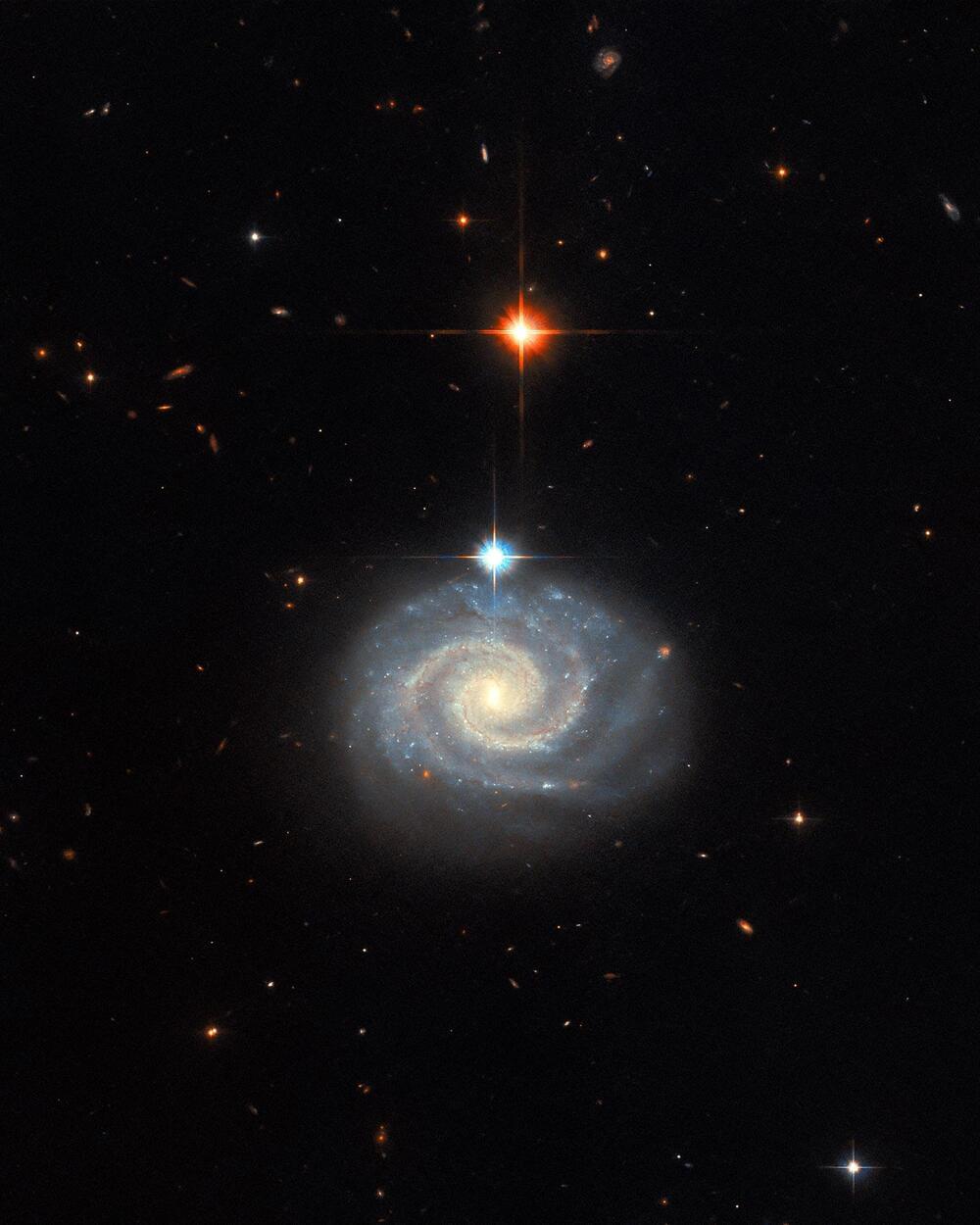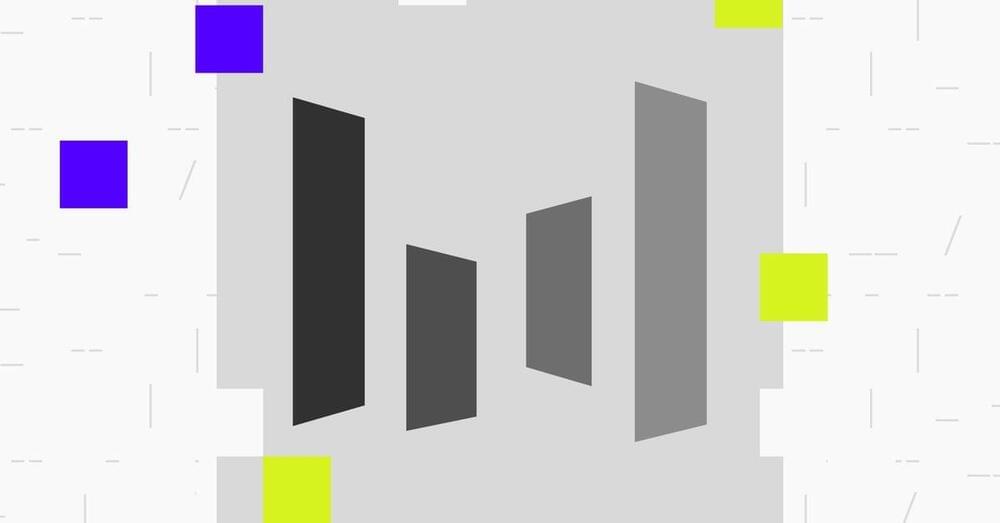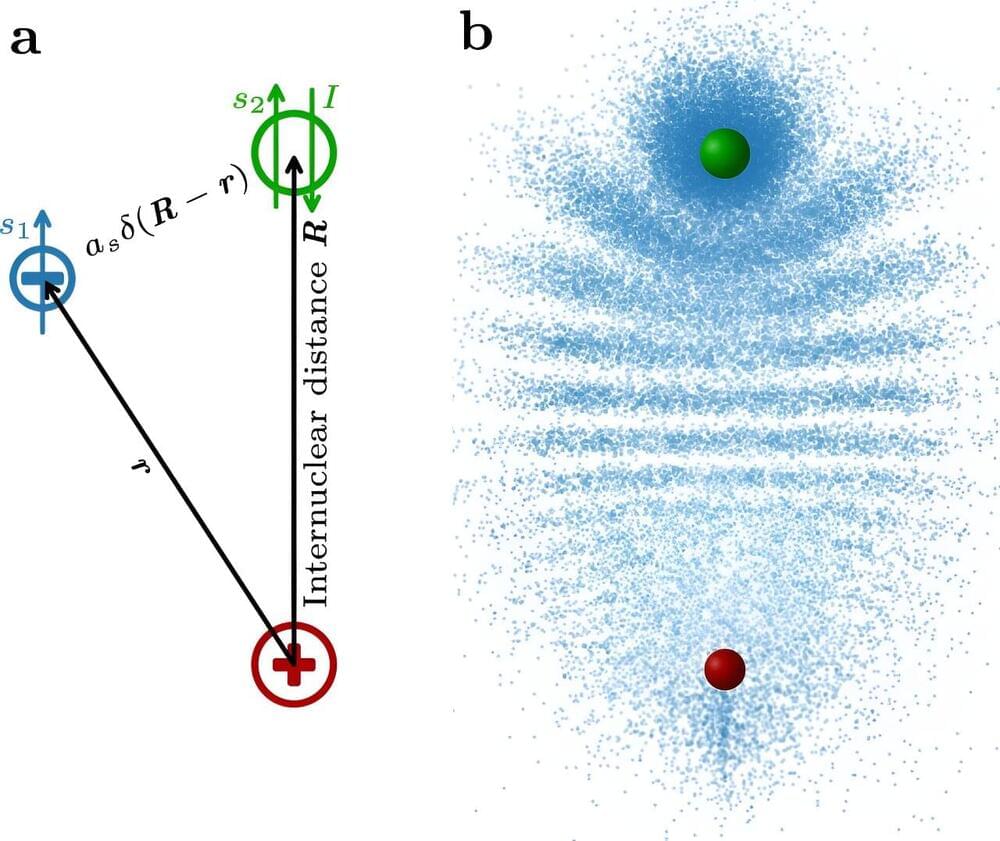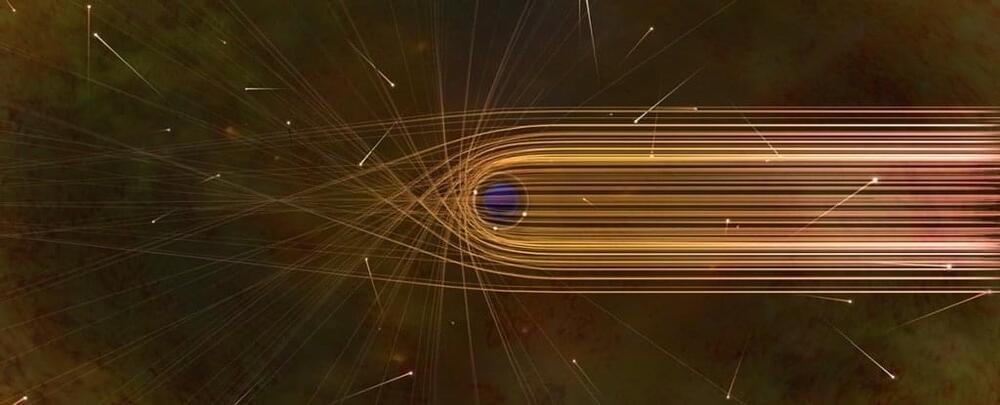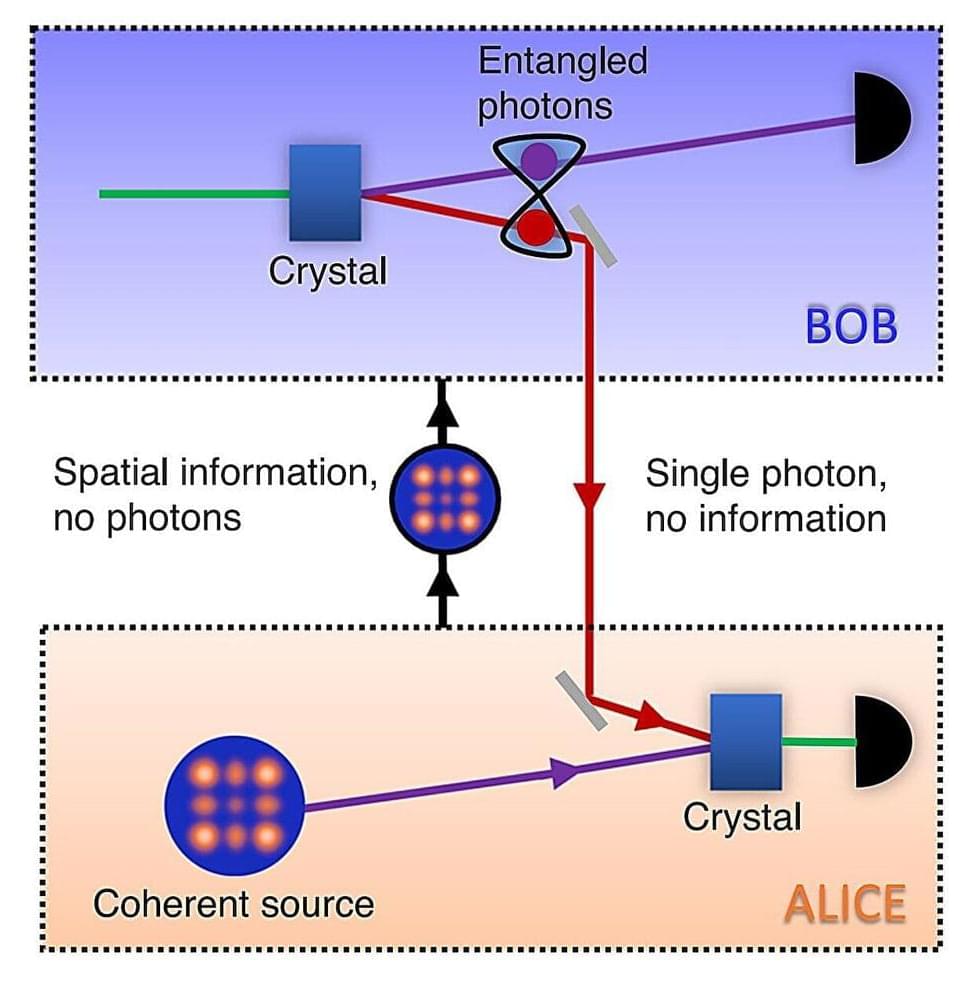Summary: A recent study highlights the cognitive benefits of Interlingual Respeaking (IRSP), where language professionals collaborate with speech recognition software to create live subtitles in another language. This process, which combines simultaneous translation with the addition of punctuation and content labels, was the focus of a 25-hour upskilling course involving 51 language professionals.
The course showed significant improvements in executive functioning and working memory. Researchers emphasize that such training not only enhances cognitive abilities but also equips language professionals for the rapidly evolving AI-driven language industry.

